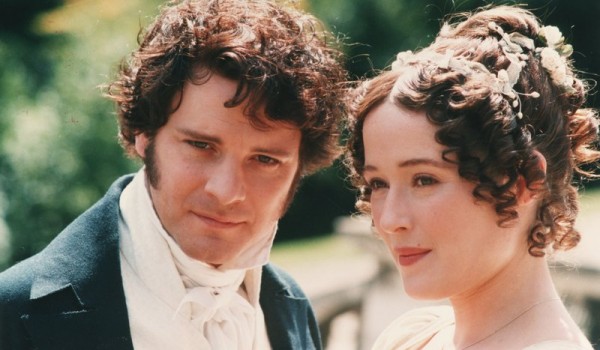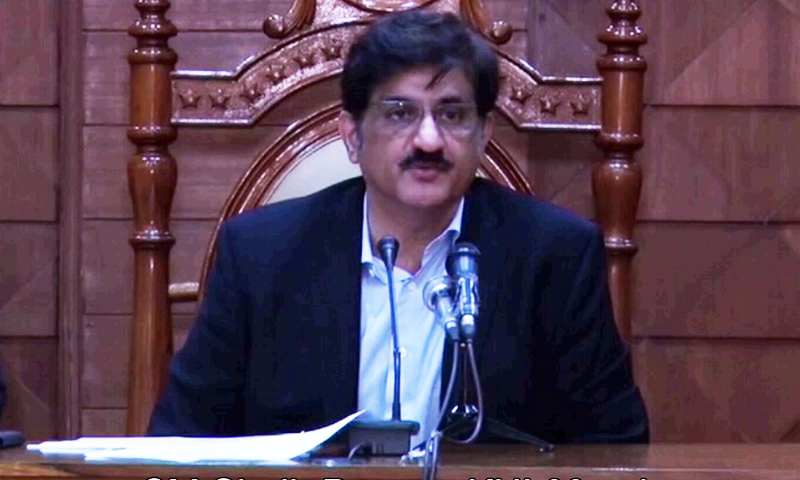“I could easily forgive his pride, if he had not mortified mine.”
― Jane Austen, Pride and Prejudice
This is a masterpiece in front of us. A novel which, despite its small canvas, conquered the hearts of the readers globally. A true winner due to which, Jane Austen is considered as the second most popular and admired writer in English literature after Shakespeare.
Though we can’t compare her work with Dickens and Tolstoy, two master storytellers who inspired a generation of writers; still with her compact plots, the art of giving voice to the emotions and strong characterization, she produced intriguing work of fiction in English literature.
In the following paragraphs, we are going to analyze the plot of Pride and Prejudice, on the basis of classic structural, analytical formula of a novel.

Setting: The novel is set in rural England in early 19th century. It follows the story of Bennet family, which includes five very different sisters.
Characters: Elizabeth Bennet and Mr. Darcy are the main protagonists of this ‘novel of mannerism’. Both characters are quite dynamic, meaning they’ll both change and further evolve as the novel proceeds.
Jane Bennet and Charles Bingley’s love affair plays a vital role in the story. Same is the case with George Wickham and Lydia Bennet, whose decision turned the plot upside down and changed the course of the events.
Point of view: The novel presents a limited omniscient point of view or in simple words, third person narrative. The writer decided to stuck with one character, and the information about the event come through him or her perspective.

Exposition/introduction: The novel begins with the introduction of Bennets who live in village of Longbourn. The Bennets have five unmarried daughters—from oldest to youngest, Jane, Elizabeth, Mary, Kitty, and Lydia.
The news that a wealthy young gentleman, Charles Bingley has rented the manor of Netherfield Park causes a great stir in family.
Mrs. Bennet is desperate to see her daughters getting married, and Charles Bingley can be the perfect groom. The Bennets attended a ball at which Mr. Bingley is present with her sister along with a close friend, Mr. Darcy.
This is how we get introduced with the setting and characters and their intention.
Rising action: Action, here; means the hurdles faced by the protagonist. In the ball dance Elizabeth meets Mr. Darcy, who refused to dance with her, which makes everyone view him as arrogant and full of pride.
The pride of Darcy makes Elizabeth prejudice, and this, in the plot, creates the main tension and conflict. From there the conflict takes the driving seat. Chapter after chapter, we see increment in the tension and distance between both.
Climax/turning point: In novel or in any fictional narrative, climax is a point, from where the protagonist can’t go back to his or her previous circumstances/position. He has changed fully. In pride and prejudice, the turning point occurs when Mr. Darcy express his love to Elizabeth. Furious and full of prejudice, Elizabeth not only rejects his love but also humiliates him. After this event, lives of Mr. Darcy and Elizabeth turned upside down.
The marriage of George Wickham and Lydia works as catalyst, and the plot touches its peak point.
Falling action: In falling action, thing move towards the end. Elizabeth gets back to Longbourn, where the news of Lydia and Wickham marriage arrives. She is surely dejected and her mind was flooded with the thoughts of Mr. Darcy.
The entry of Lydia pushes the events towards resolution, who revels the central role of Mr. Darcy in her marriage. This revelation brings major shift in Elizabeth’s thoughts.
Resolution/denouement: Bingley and Darcy return to Netherfield. Bingley proposes to Jane, – a proposal she accepts. Darcy once again, proposes to Elizabeth which she finally accepts. The novel concludes with an overview of the marriages of the three daughters of Bennets.
















































